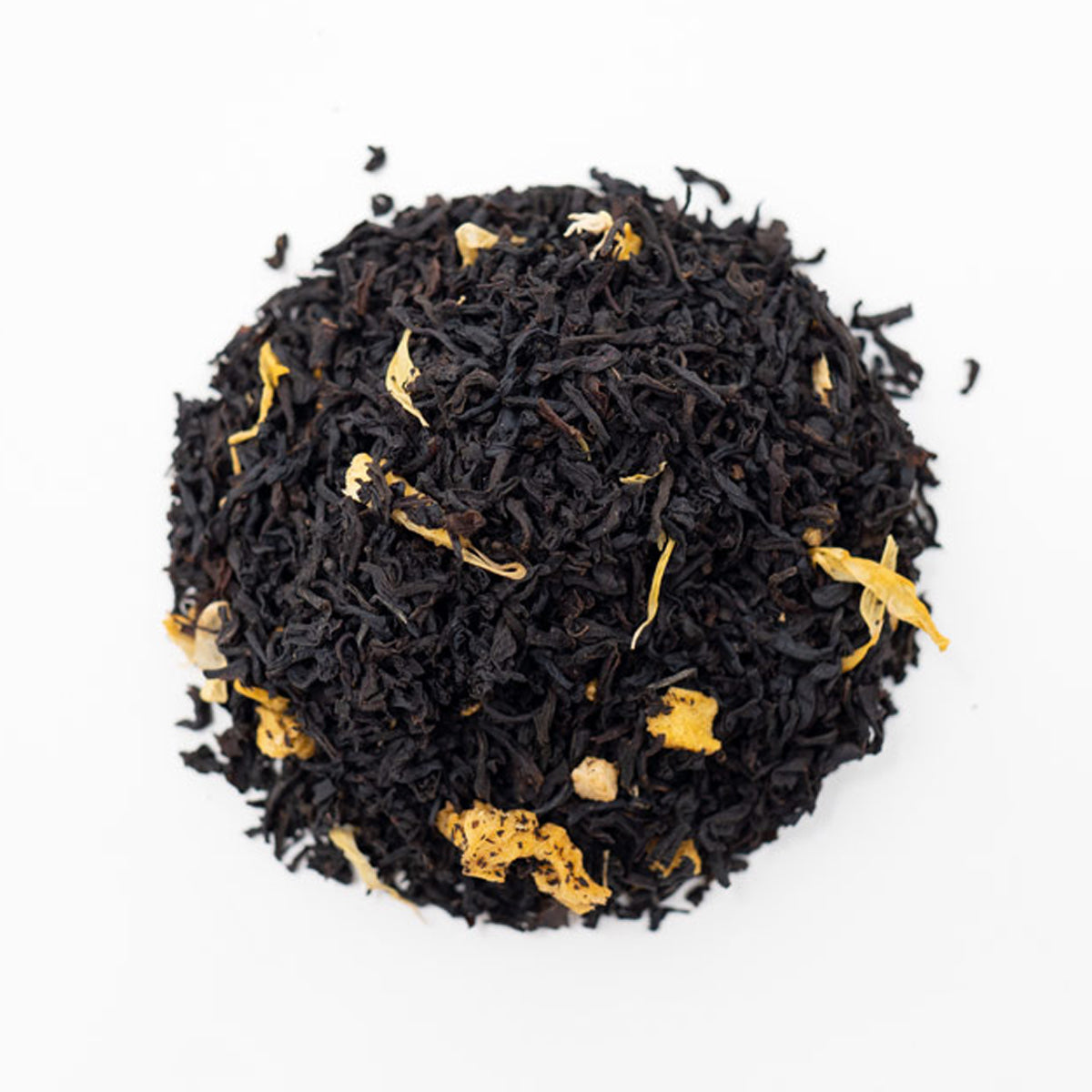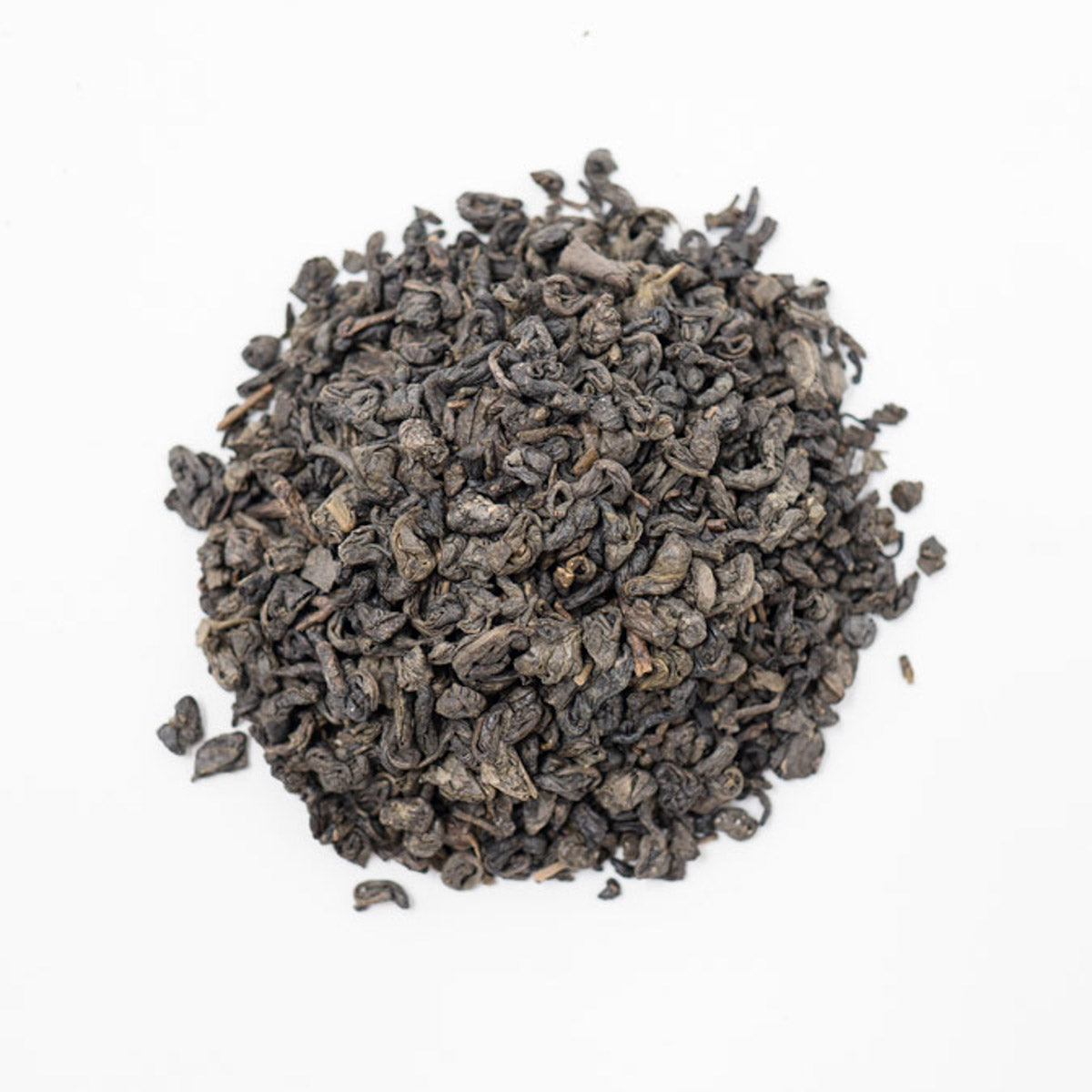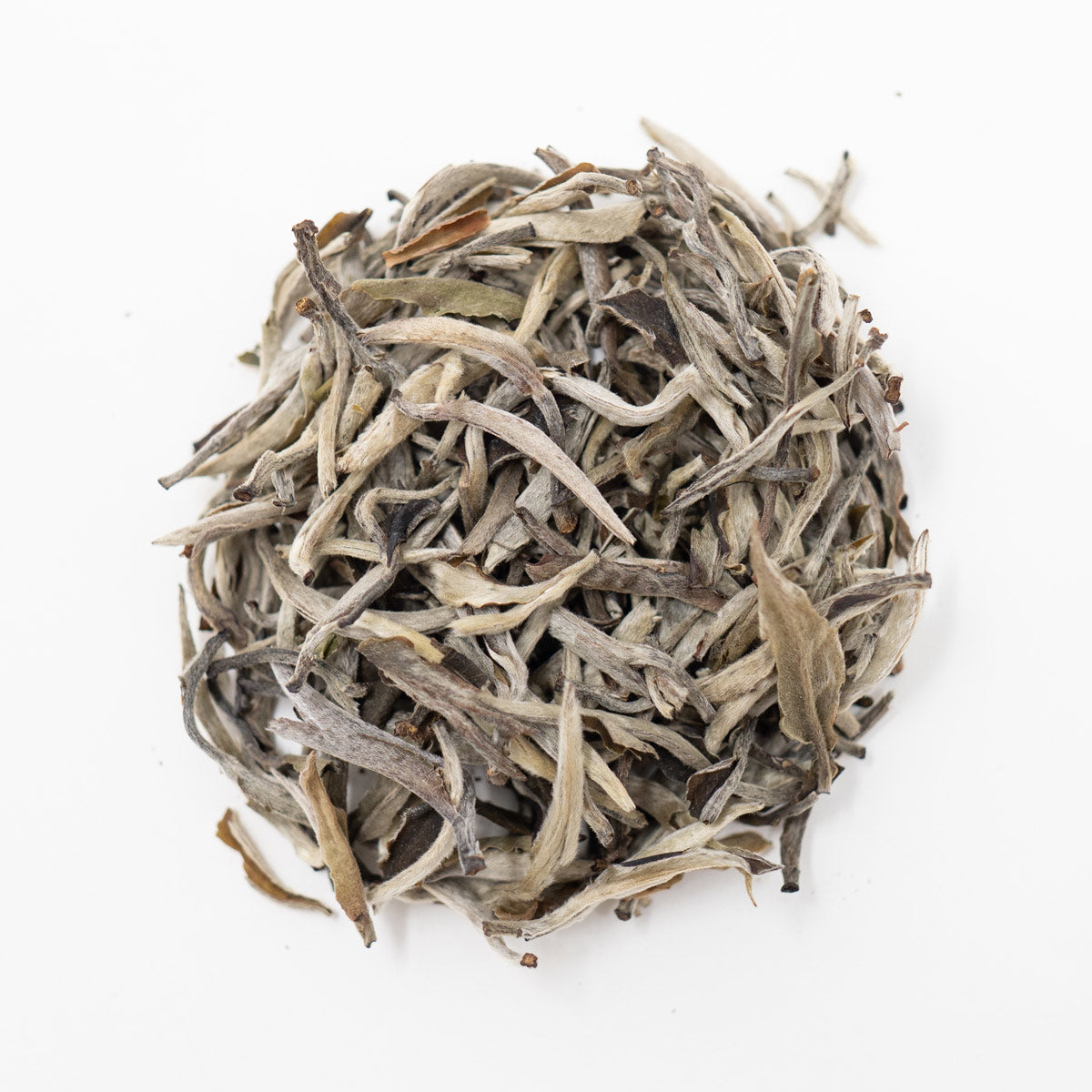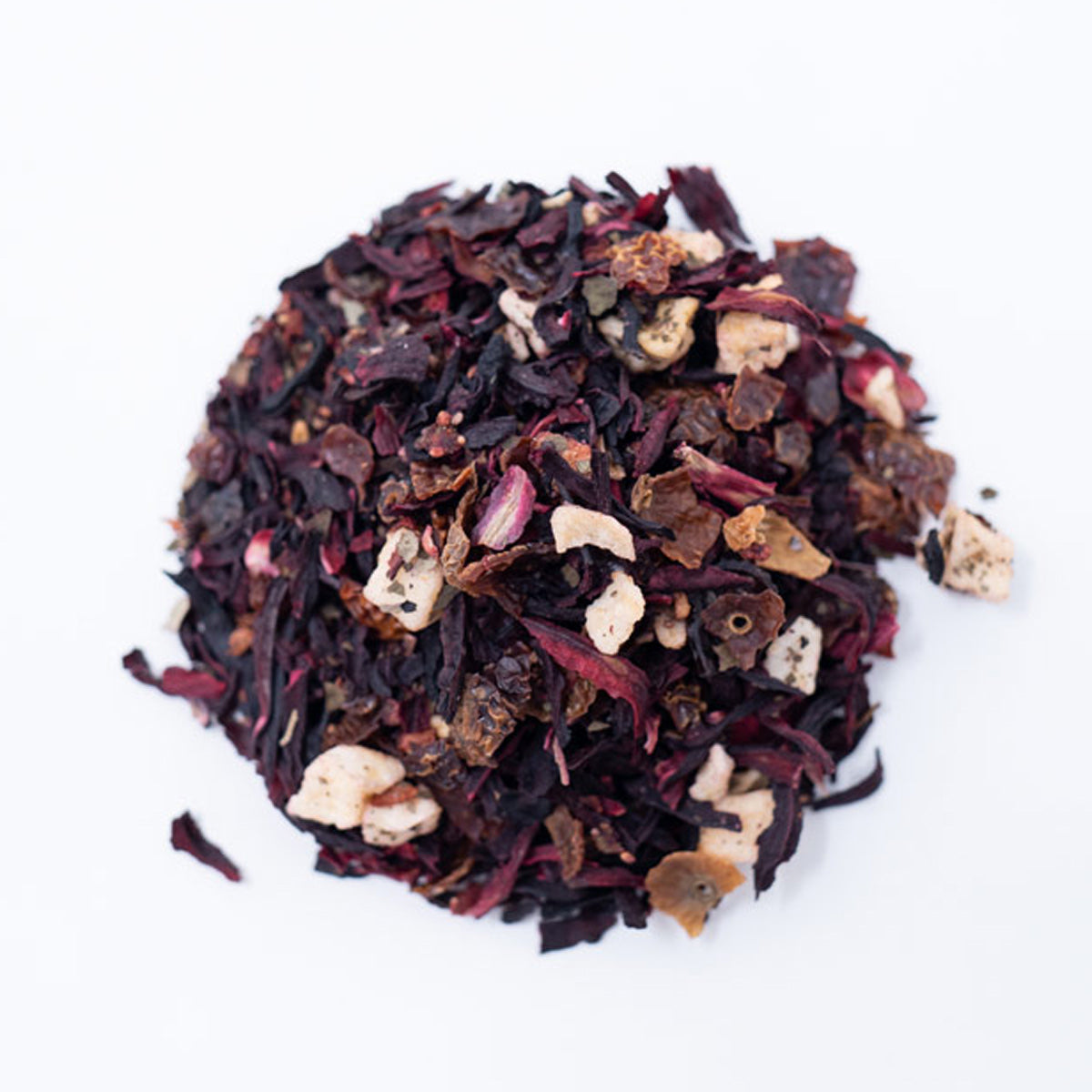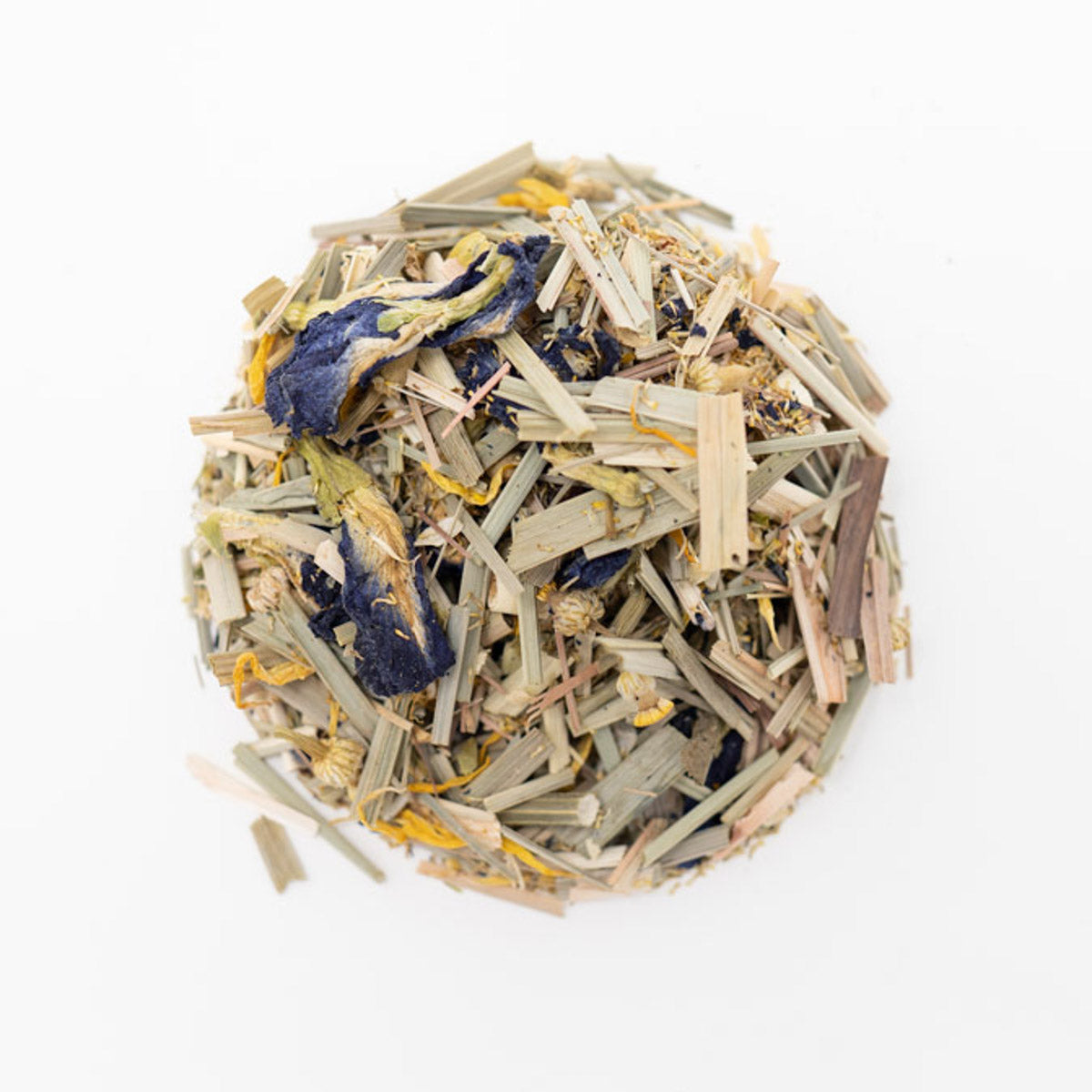Tea Brewing 101 | White Tea
What is White Tea?
Like all tea, white tea originated from the Camellia sinensis plant found in China. This particular tea was discovered around the 11th century and was considered the finest and most delicate of teas. The main difference between white and green tea at the time was the maturity of the plant from which the tea leaves were harvested. To produce white tea, the young tea buds would be harvested early on, carefully and thoroughly rinsed, then ground up into a white powder. Without proper storage, the tea would quickly spoil. For many centuries, white tea was exclusive to the Imperial Gardens and could only be drunk by the Emperor.
The 17th century saw a change in tea distribution and consumption around the world. White tea bushes from the Fujian province were cultivated outside of China, and advances in processing, storage, and shipping methods made it easier to preserve the delicate taste of white tea. It soon became commonly consumed worldwide, along with its sister teas, black and green tea. Today, white tea remains known for being delicate both in flavor and caffeine content.
How To Brew White Tea
Brewing a great cup of tea can seem like a challenging prospect, especially if you are new to the tea world. The foundation of any good cup of tea is clean, filtered water. Using tap water or similar low-quality water can introduce negative flavors to the cup, and the tea will not shine. White tea is one of the more temperature-sensitive teas, and as such, the water temperature is a little more critical for white tea than other teas. The ideal temperature for your hot water should be around 175°. If you do not have a thermometer or another way to tell the water’s temperature, bring your water to a boil and let it sit off the heat for about 5-8 minutes. Adding boiling water directly to white tea does not allow the nutrients and flavors to extract properly, so err on the side of warm water instead of boiling water.
Now that the water has been handled, it’s time to talk about the ratios of loose-leaf tea to water. If you measure 8 oz of water, you will want to use 1.5 -2 teaspoons of your favorite white tea to get the fullest flavors in your cup. Green tea and black tea both have relatively short steeping times once you have added your water to your tea leaves. White tea, on the other hand, asks for a much longer steeping period than other teas. Since the white tea flavors are more subtle and delicate, you need to let it steep in the warm water for 5-6 minutes. If you follow all these steps and still are not sure about the strength of flavor, try steeping it for longer or shorter times. White tea tends to be more forgiving than something like black tea when it comes to steeping times. Unlike black tea, which becomes more bitter the longer it’s steeped, white tea will primarily change in its concentration of flavors.
Our Favorite White Tea Recipes
Health Kick White Tea
White tea has one of the highest concentrations of antioxidants when it comes to tea, and the flavors pair amazingly well with other healthy ingredients! Drink this first thing in the morning to give yourself a bright start or sit down with a cup of this at the end of a long, busy day to wind down.
What You’ll Need:
- 2 teaspoons of White Coconut Creme or Youthberry White
- 8 oz of filtered water
- ½ tsp of cloves
- ½ ground ginger
- Cinnamon to taste
- A sprinkle of orange zest
- Orange slice (optional)
- 1 tsp honey
Instructions:
- Heat your water to 175°. If leaving it to boil, make sure you let it cool 5-8 minutes before pouring it in the cup.
- Add all the ingredients (except the orange slice and honey) to a tea strainer and put it in a cup.
- Add your hot water to the whole mix and let it steep for 5 minutes.
- Remove the strainer with all the ingredients. Add honey to the warm water and stir.
- Top off with an orange slice and enjoy!
Refreshing Mint White Iced Tea
If you love mint, you’ll love this fantastic mixture! White tea blends with citrus and mint flavors exceptionally well, and this drink can be enjoyed at any time of year.
What You’ll Need:
- 32 oz of water
- 6-8 tsp of Silver Needle
- Honey to taste (optional)
- 1 lemon cut into wedges
- 5 sprigs of mint
- Extra lemons and mint to serve (optional)
Instructions:
- Place loose-leaf tea into tea bags and place them into a heat-proof jug or pitcher.
- Bring your water up to 175°. If leaving it to boil, make sure you let it cool 5 minutes before pouring it in.
- Let it steep for 3-6 minutes, depending on how strong of a tea flavor you want.
- Remove the tea bags. Add honey to taste if desired and stir.
- Place the jug or pitcher in a refrigerator until chilled.
- Add the lemon wedges and mint sprigs to the jug and let it infuse for at least 1 minute.
- Remove the lemons and mint, pour into cups and glasses, and enjoy! Use any extra lemons or mint in individual glasses for more flavor.
White Tea Guava Lemon Iced Tea
What You’ll Need:
- White tea
- Water
- Sugar
- Guava Juice
- Lemonade
Instructions:
Prepare tea with 8 ounces of water and two teaspoons of white tea. While it’s warm, add one teaspoon of sugar, dissolve and refrigerate until cold. Pour tea over ice. Mix guava juice and lemonade and add to tea.
White Tea Melonade
What You’ll Need:
- 2 tablespoons sugar
- 6 teaspoons of white tea
- 3 tablespoons fresh lemon juice
- 3 cups frozen watermelon cubes
- 2 watermelon slices for serving
Instructions:
- Bring 1 cup water to a boil in a saucepan.
- Remove from heat and add the tea, and steep for 5-6 minutes.
- Add the sugars and stir until dissolved.
- Remove tea and refrigerate until cold.
- Blend lemon and watermelon ice cubes until smooth.
- Add to the tea blend
- Serve with watermelon slices.
